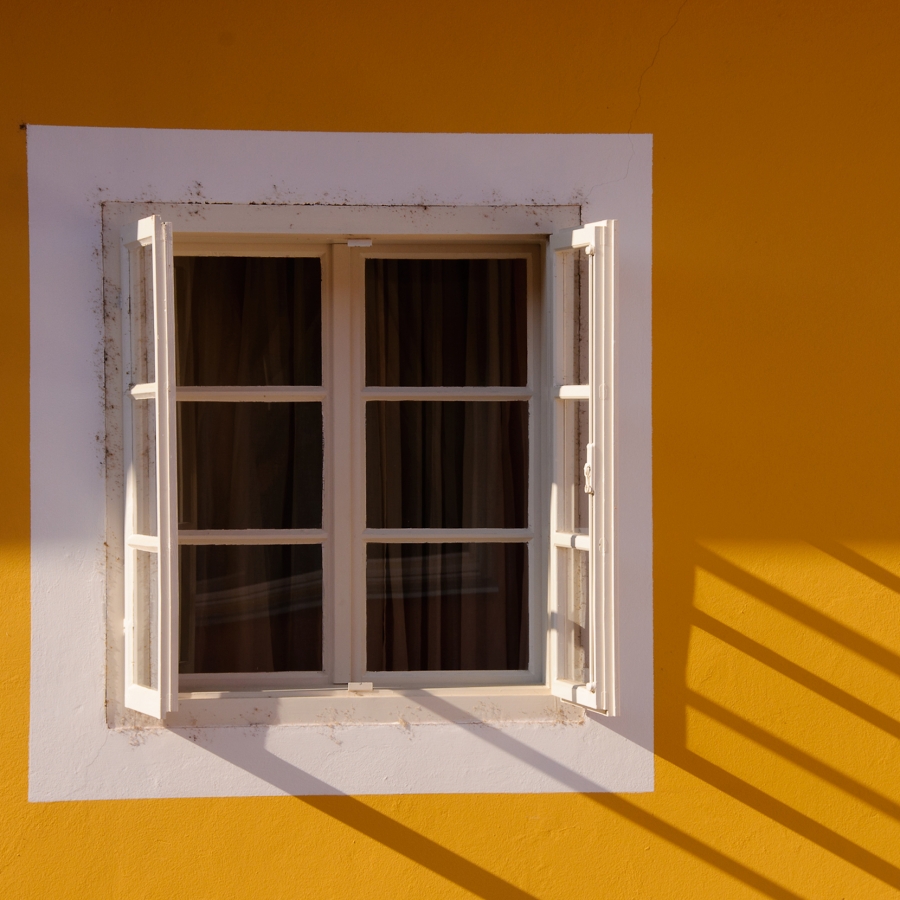Detecting Air Leaks
You may already know where some air leakage occurs in your home, such as an under-the-door draft, but you'll need to find the less obvious gaps to properly air seal your home.

Topic Summary
For a thorough and accurate measurement of air leakage in your home, hire a qualified technician to conduct an energy audit, particularly a blower door test. A blower door test, which depressurizes a home, can reveal the location of many leaks. A complete energy audit will also help determine areas in your home that need more insulation.
Without a blower door test, there are ways to find some air leaks yourself. First, look at areas where different materials meet, such as between brick and wood siding, between foundation and walls, and between the chimney and siding. Also inspect around the following areas for any cracks and gaps that could cause air leaks:
- Door and window frames
- Mail chutes
- Electrical and gas service entrances
- Cable TV and phone lines
- Outdoor water faucets
- Where dryer vents pass through walls
- Bricks, siding, stucco, and foundation
- Air conditioners
- Vents and fans
You can also try these steps to depressurize your home to help detect leaks:
- Turn off your furnace on a cool, very windy day.
- Shut all windows and doors.
- Turn on all exhaust fans that blow air outside, such as bathroom fans or stove vents.
- Light an incense stick and pass it around the edges of common leak sites. Wherever the smoke is sucked out of or blown into the room, there's a draft.
If you don't want to turn off your furnace, you can just turn on all your exhaust fans to depressurize your home.
Other air-leak detection methods include the following:
- Shining flashlight at night over all potential gaps while a partner observes the house from outside. Large cracks will show up as rays of light. Not a good way to detect small cracks.
- Shutting a door or window on a piece of paper. If you can pull the paper out without tearing it, you're losing energy.
Article source: The U.S. Department of Energy’s Office of Energy Efficiency and Renewable Energy (EERE). For the most up-to-date information please visit the EERE website.



